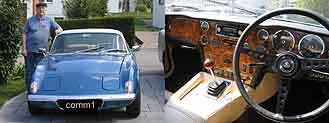
Simviation Forums
Flight Simulator and other chat



 "In theory, there is no difference between theory and practice. But, in practice, there is."
"In theory, there is no difference between theory and practice. But, in practice, there is."






 Intel i7 960 quad 3.2G LGA 1366, Asus P6X58D Premium, 750W Corsair, 6 gig 1600 DDR3, Spinpoint 1TB 720
Intel i7 960 quad 3.2G LGA 1366, Asus P6X58D Premium, 750W Corsair, 6 gig 1600 DDR3, Spinpoint 1TB 720
oh and I meant to say is there a rough altitude when you are around 3nm away, delibrate mistake , honest!!!



You don't need those to fly a landing unless the fog is pea souped.



My biggest problem with simming, as opposed to actual flying, is the difficulty in getting a proper reference as to actually where you are.
 Intel i7 960 quad 3.2G LGA 1366, Asus P6X58D Premium, 750W Corsair, 6 gig 1600 DDR3, Spinpoint 1TB 720
Intel i7 960 quad 3.2G LGA 1366, Asus P6X58D Premium, 750W Corsair, 6 gig 1600 DDR3, Spinpoint 1TB 720

Return to FS 2004 - A Century of Flight
Users browsing this forum: No registered users and 631 guests